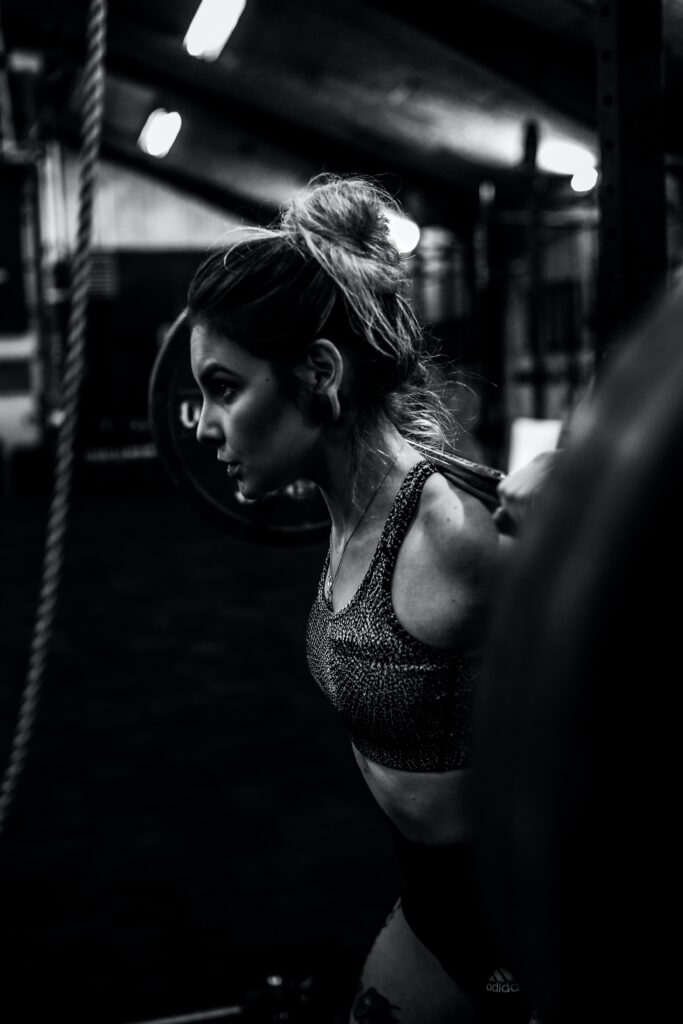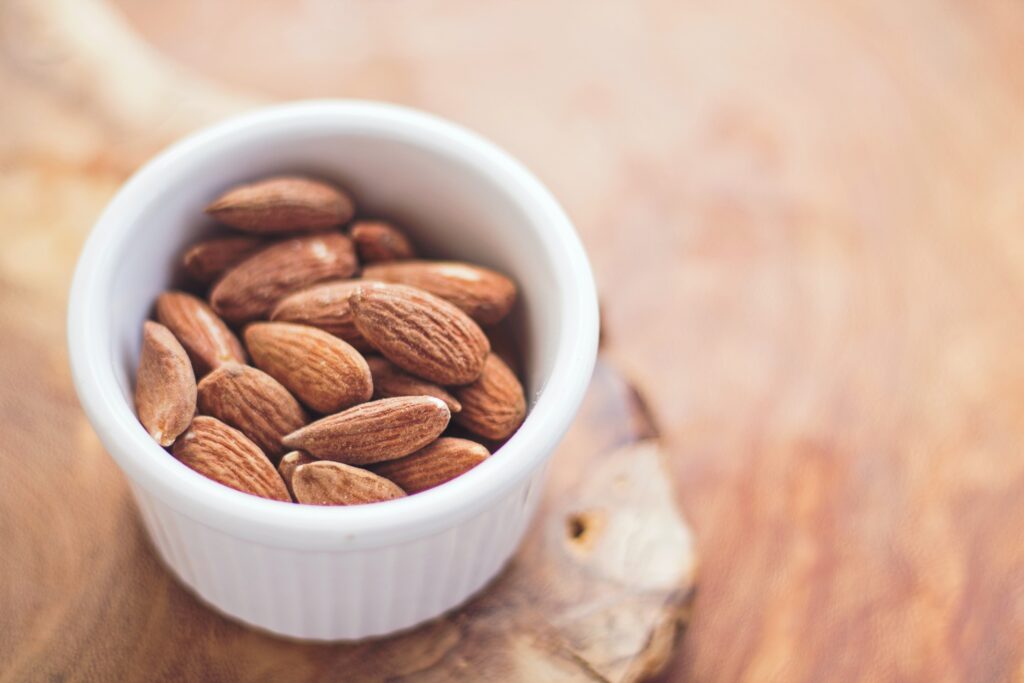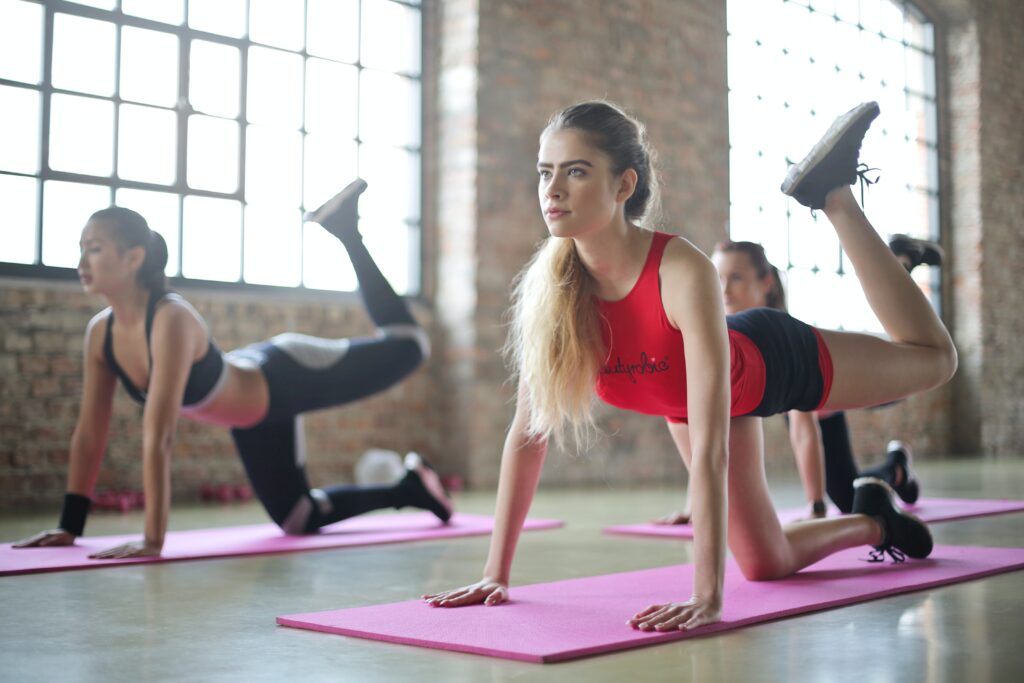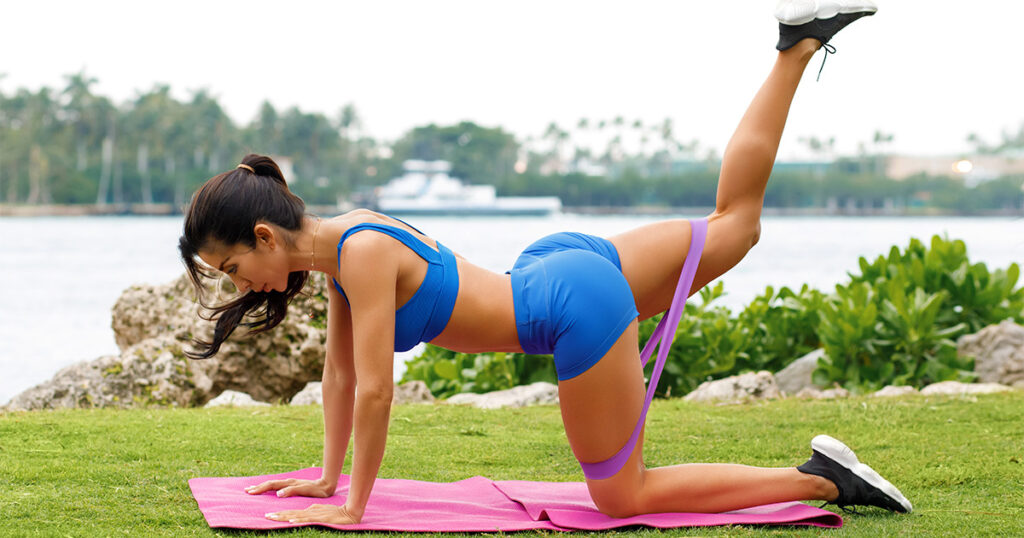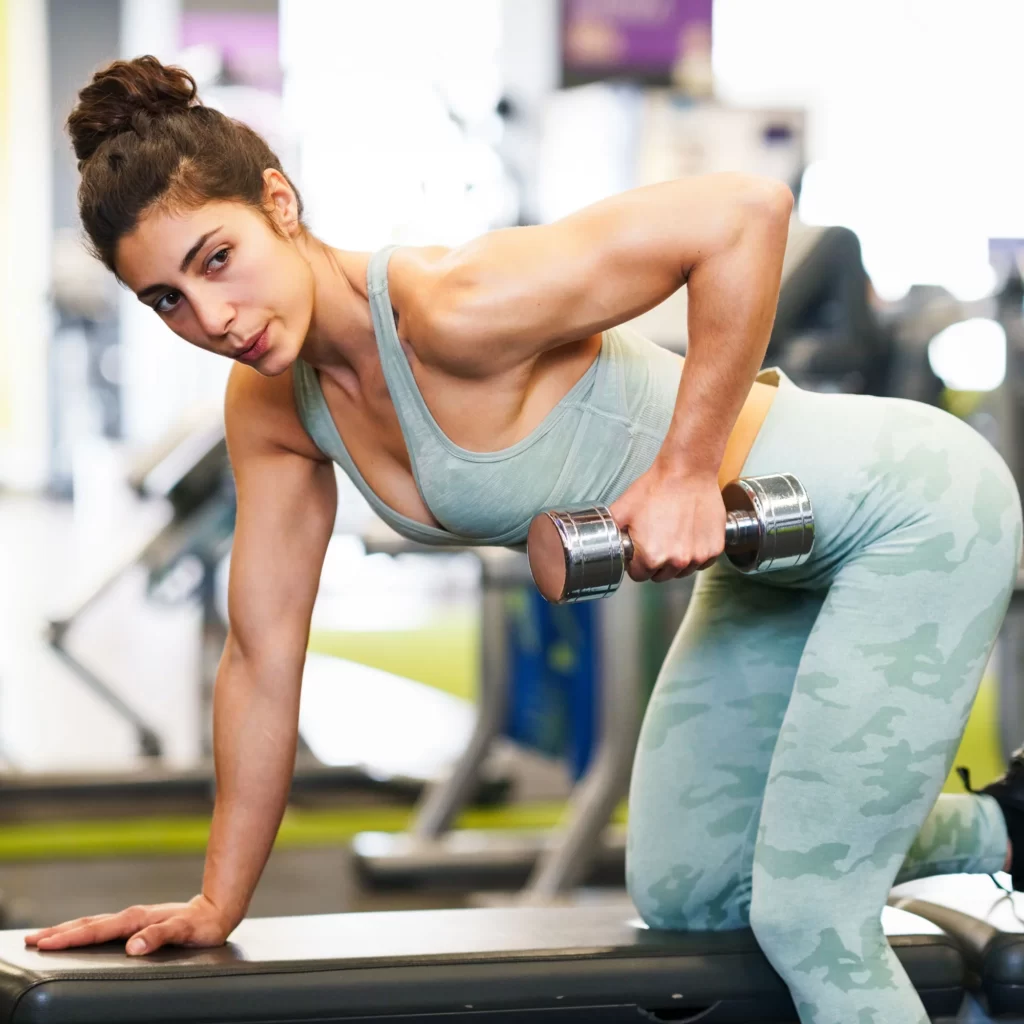A person can live without food or water for several days, but without air – no more than 10 minutes. The human body does not have a depot where oxygen can be stored. Therefore, breathing is one of the vital physiological processes.
It is no secret that proper breathing during training plays a big role and affects directly its effectiveness.
Running or stretching, swimming or strength training – the breathing technique is different in each case. However, one rule cannot be neglected – do not forget to breathe.
You should not hold the air in your lungs or do several repetitions on one breath. In this case oxygen will not enter the body, but the muscles constantly need it during all training. If you do not follow your breathing, your strength will quickly leave you and the effectiveness of the exercise will decrease.
At the same time, you should not try to breathe “thoughtfully” and consciously control the process. Of course, you should concentrate on the exercise and not be distracted by extraneous thoughts, but the breathing itself should be natural and help with the exercise.
In the respiratory process two phases are distinguished: negative (inhalation) and positive (exhalation). During the first one you should relax the muscles, during the second one – make an effort and сontract the muscles. In order not to get confused during training, it is better to understand at the start what will be considered effort in a specific exercise.
For example, when you are lifting a barbell, exhalation occurs at the moment of its lifting and inhalation – when the barbell returns to the ground. When you are performing exercises for the press, exhalation is done when you are lifting the legs or body and inhalation – when you are lowering.
Before starting an exercise or training in general, you should take a “starting” shallow breath and breathe naturally during the exercise, matching the pace of breathing with the nature of the movements. You should not breathe deeply before starting each exercise, trying to get a portion of air.
Breathing should be deep, but comfortable. So the body receives the maximum amount of oxygen and does not spend as much energy as with shallow frequent breathing.
It is also important how the athlete breathes – through the mouth or through the nose. Inhalation should be done through the nose – passing through the nasal passages the air is warmed, humidified and cleaned of dust and microorganisms. You need to exhale through your mouth – the air will come out faster. Exhalation should be done through pursed lips, so it will come out stronger and help make the effort more effective.
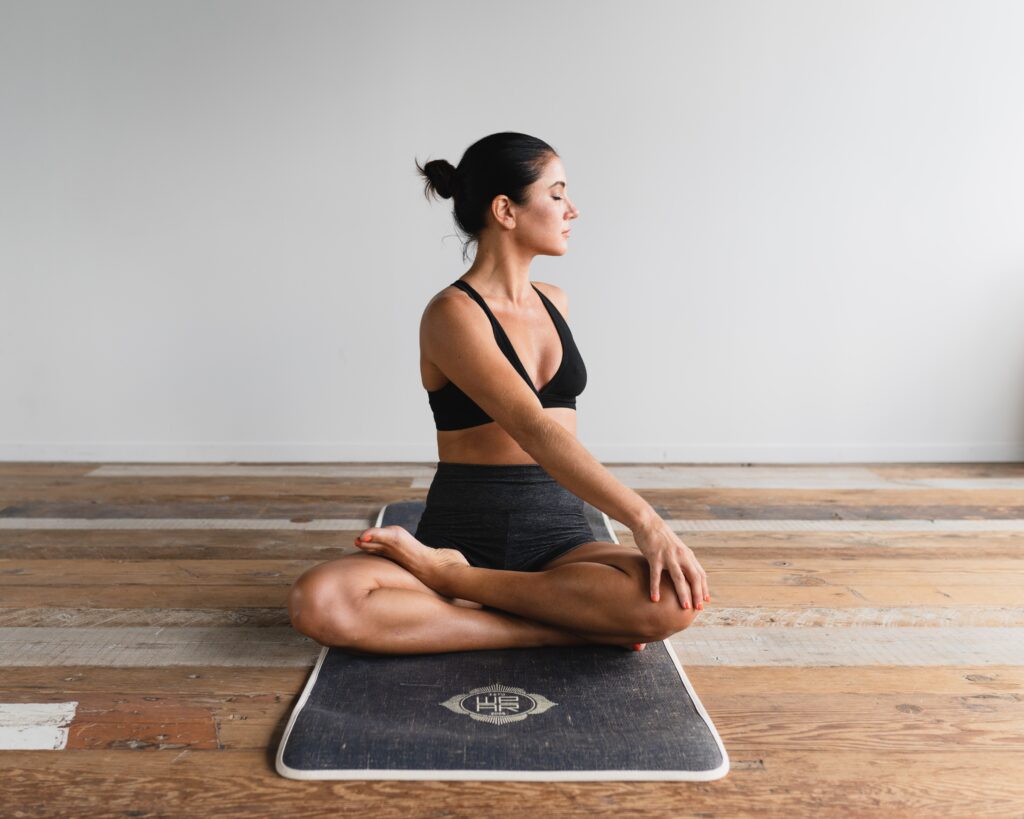
As already mentioned, breathing should be adapted to a specific type of physical activity.
During running or any other cardio training breathing should be measured, in time with the movements of the legs and arms. Emphasis should be placed on full exhalation and calm deep inhalation.
As for strength exercises, there often is a desire to hold breath during efforts. However, this method should not be used. When oxygen is not regularly supplied, the pressure rises sharply and it has a negative effect on the cardiovascular system, eyes and brain.
In swimming, regardless of its style, the basic rule is to exhale into the water through the nose and mouth and to inhale over the water through the mouth.
The diaphragm and intercostal muscles are the main breathing muscles in pilates. The main thing is to inhale and to exhale smoothly, without forced movements and breathing delays.
Breathing is considered one of the foundations in yoga. Yoga techniques teach a person to breathe through the nose, as nature has established the ability to breathe through the mouth only in case of nasal congestion.
So remember, proper breathing is the key to effective training and a true assistant in burning calories.
